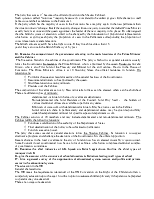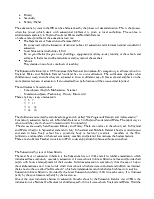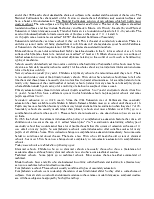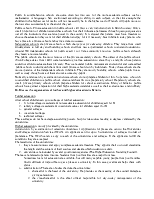


















1. Outline the geographical position of the British Isles in the world referring to its advantages. Examine the territory and composition of the British Isles.
Geographical position:
o the British Islands are situated off the north-west coast of Europe and once formed part of the continent
o latitude: 50o-60o north
o longitude: 2o East – 8o West
Dimensions (размеры, измерения):
¨ total area: 322,246 square km (the British Isles); 244,100 square km (the UK)
¨ total population (the UK): 60 million people
¨ Great Britain stretches:
- from the south to the north – 900 km
- from the west to the east – 500 km (the widest part), 60 km (the narrowest part)
Surrounding:
· the Atlantic Ocean (N)
· the North Sea (E)
· the English Channel (S) - From the European continent the BI are separated by the English Channel. In its widest part in the west is 200 km. wide and in the narrowest, what is called of the Strait of Dover, only 32 km
· Irish Sea (W) (it separate Britain from Ireland)
The BI are situated on the so-called Continental Shelf – the zone of shallow water that surrounds a continent (the average depth of the North Sea and the English Channel is 95m and 60m respectively)
Benefits of the Shelf:
2.Outline the main features of the physical geography of the British Isles referring to the relief features of England, Scotland, Wales, NI
ENGLAND
Mountains:
Plains:
Rivers:
Lakes:
WALES
Mountains:
Rivers:
SCOTLAND
Regions:
¨ the Highlands
¨ the Southern Uplands
¨ the Central Lowlands / the Midland Valley
Mountains:
¨ the Grampian Mountains (the highest point is Ben Nevis 1374m)
Rivers:
¨ the Clyde (flow into the Irish Sea)
¨ the Tweed, the Forth, the Dee, the Tay (flow into the North Sea)
Lakes:
¨ Loch Lomond – the largest in GB
¨ Loch Ness – the longest in the BI, famous for its monster
NORTHERN IRELAND
Mountains:
Ø The Antrim Mountains – comprise the famous Giant’s Causeway
Ø The Sperrin Mountains
Ø The Mourne Mountains
Rivers:
Ø the Shannon (384km) – the longest in the BI
Lakes:
Ø Lough Neagh – the largest in the BI
3. Give the account of the drainage features of the British Isles, their chief rivers, lakes. Describe the most important characteristics features of British’s climate.
ENGLAND
Rivers:
Lakes:
WALES
Rivers:
SCOTLAND
Regions:
¨ the Highlands
¨ the Southern Uplands
¨ the Central Lowlands / the Midland Valley
Rivers:
¨ the Clyde (flow into the Irish Sea)
¨ the Tweed, the Forth, the Dee, the Tay (flow into the North Sea)
Lakes:
¨ Loch Lomond – the largest in GB
¨ Loch Ness – the longest in the BI, famous for its monster
NORTHERN IRELAND
Rivers:
Ø the Shannon (384km) – the longest in the BI
Lakes:
Ø Lough Neagh – the largest in the BI
Climate and Weather
Weather – a state of atmosphere over a short period of time
Climate – average weather conditions over a long period of time
The weather in the BI is changeable (due to the sea); the seasonal contrasts are very small.
The climate of the BI is mild all through the year; there is little
Уважаемый посетитель!
Чтобы распечатать файл, скачайте его (в формате Word).
Ссылка на скачивание - внизу страницы.